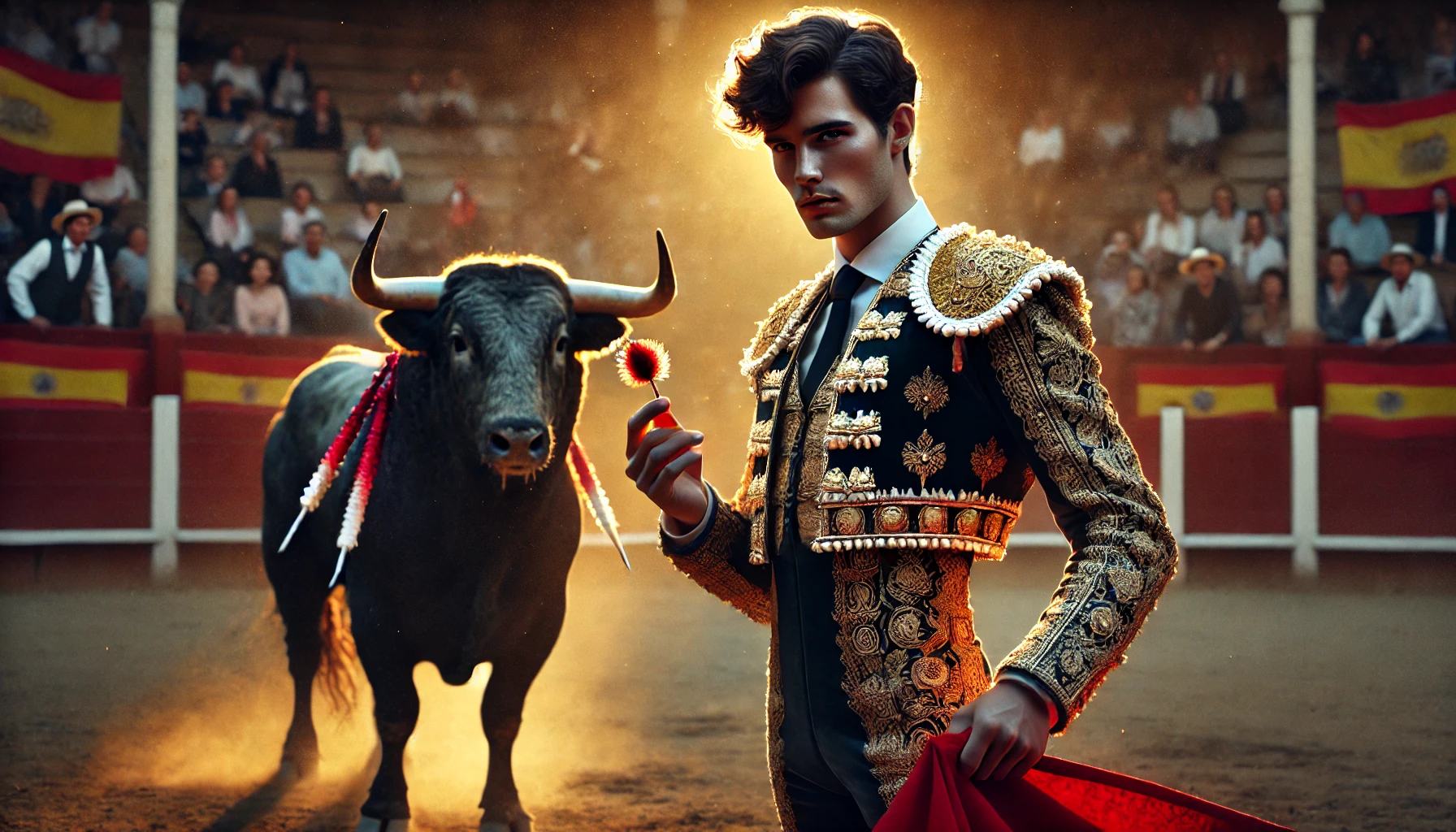Bullfighting, with its rich history and tradition, is not merely a battle between bull and matador; it is a theatrical display filled with gestures, movements, and signals that go far beyond the obvious. This “secret language” is a crucial tool in the ring, a way for the matador to communicate with his companions and even with the audience. Let’s uncover the codes and signs that hold the magic of a bullfight.
Gestures That Speak
- The Paseíllo and the Gaze
From the first step into the arena, the matador begins to communicate. The “paseíllo” is not just a walk; it is a parade that marks the start of the ritual, where each matador observes the audience and their companions, exchanging looks that convey confidence, humility, or even defiance. The way the matador holds his cape or touches his montera already signals his mood and intentions. - The Positioning of the Cape
During the fight, the cape is not only used to direct the bull; it is also a means of communication. The way the matador holds or moves the cape can indicate the strategy he follows. A quick, broad movement may signify that the matador is testing the bull’s bravery, while a more restrained movement suggests a deeper analysis of the animal’s behavior. - The Changing of Hands with the Muleta
Handling the muleta (small red cape) is perhaps one of the most fascinating aspects of this language. Switching the muleta from hand to hand, making it flutter, or pulling it close to the body are gestures loaded with intention. Sometimes, a matador passes the muleta behind his back, challenging the bull while simultaneously sending a clear message: “I trust my technique and courage.” Every turn and feint has a purpose and a hidden meaning that only the most knowledgeable can decipher.
Signals Among Bullfighters

The work in the arena is collaborative. Although the lead matador is in charge, the subalterns and picadors play essential roles. Subtle head gestures, slight foot movements, and body positioning help coordinate every action. A slight nod or a movement with the foot can alert the banderillero to a change in strategy or a new tactic to follow.
- Foot Movements
A step forward can be a call for attention, while a step back may serve as a warning. These seemingly insignificant movements help the team adjust to the bull’s rapid changes in behavior. - The Hat as a Code of Honor
The montera, the small black hat worn by the matador, symbolizes honor and respect. Before starting the fight, the matador throws the montera to the ground in a symbolic gesture, asking for divine protection and showing humility. But this act also has nuances: throwing it forward indicates confidence; if the montera falls upside down, some matadors believe it to be a sign of bad luck.
The Relationship with the Audience
Matadors are masters of non-verbal communication, but they do not communicate only among themselves; they also engage with the audience. A wink, a greeting gesture, or even a prolonged pause before executing a specific move can create an almost magical connection with the spectators.
- The Gaze to the Stands
The matador looks the audience in the eyes, generating tension, expectation, and emotion. That look is a wordless dialogue, an invitation to witness their bravery and artistry. When a matador raises his head after a brilliant move, he seeks the audience’s approval, a kind of “Did you see that?” that invites complicity and applause. - The Hat Gesture
At the end of a fight, if the matador has delivered a masterful performance, he performs a gesture known as “la vuelta al ruedo,” where he parades around the ring, receiving applause and sometimes hats and flowers thrown by the audience. Here, the way the matador picks up and raises these objects is a subtle, respectful thank you to the crowd.
An Art of Silence and Courage
The secret language of bullfighters is a code that combines technique, emotion, and tradition. It is an art that, despite its apparent silence, speaks loudly through the intensity of its gestures and movements. It is not just about facing the bull; it is a dance of communication where every step, every look, and every movement tells a story.
Each bullfight is a mystery revealed before the attentive eyes of those who know this subtle and complex language. And so, in the arena, where life and death intertwine, the matador continues to speak in his secret tongue, telling the story of a man, a bull, and a passion that never ceases to amaze.


Add a Comment
You must be logged in to post a comment